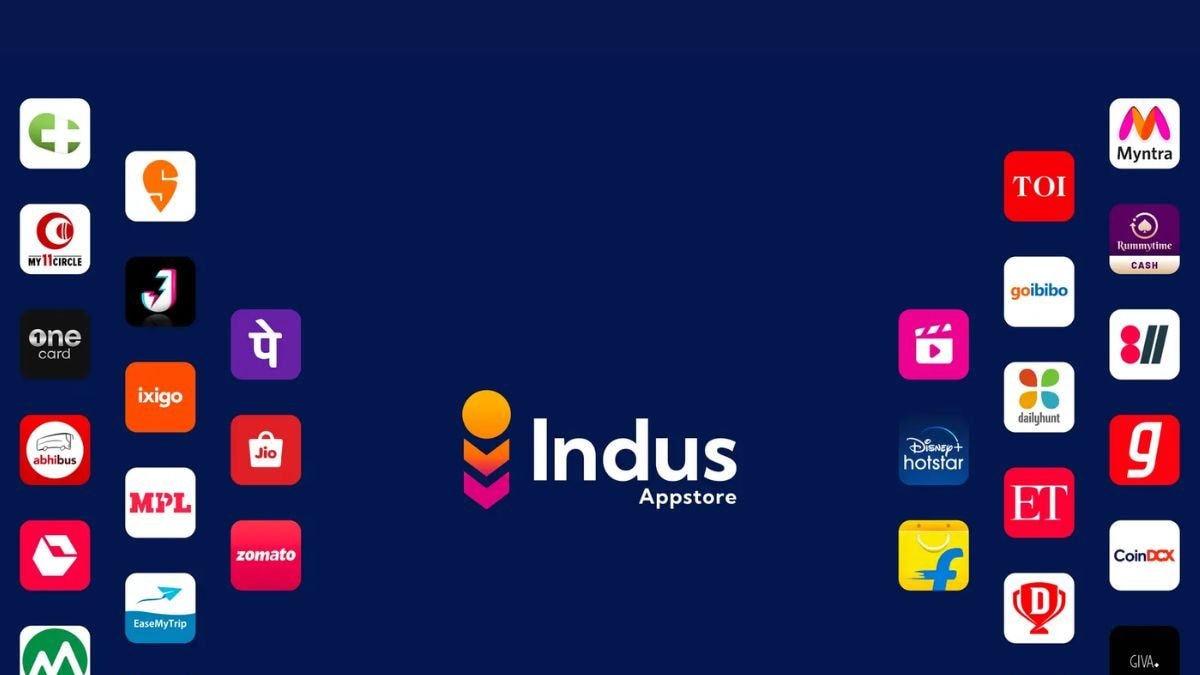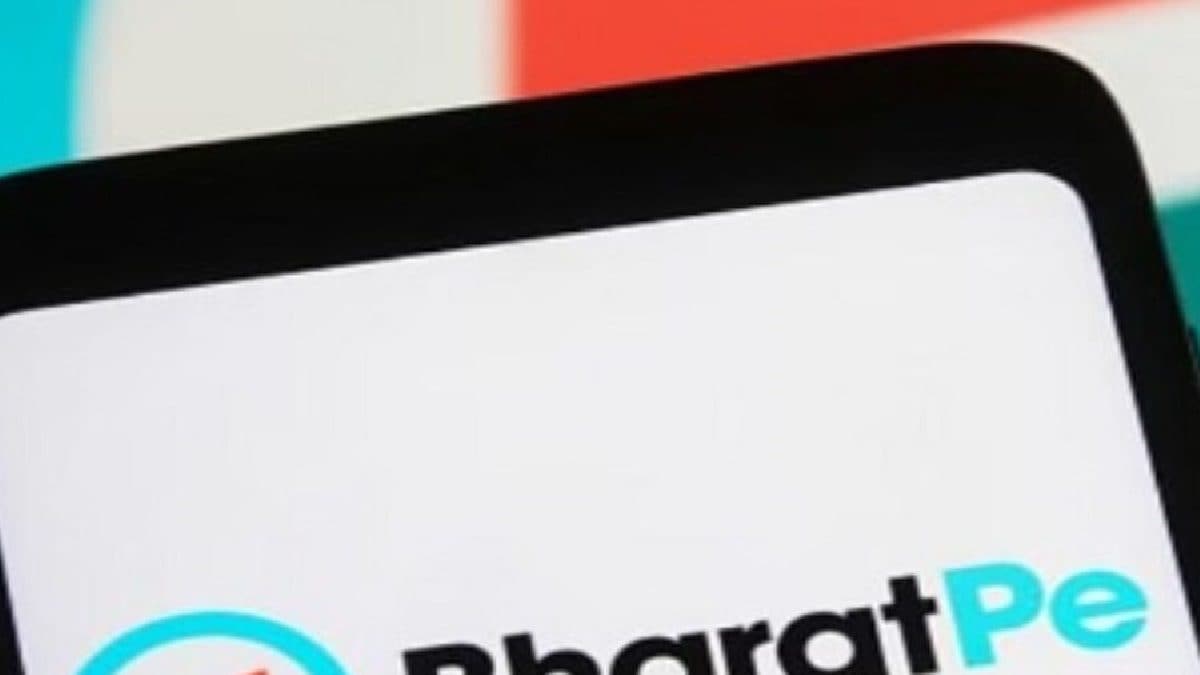Choice Between Rigid Flex and Traditional PCBs
Rigid flex PCBs are a popular solution when a project calls for high reliability and durability. Examples include medical imaging equipment, military missile guidance systems, cameras and video cameras, as well as wearable electronics, vehicle infotainment systems and industrial robotics. They are also ideal for environments where a circuit may be continuously flexed during use.
However, rigid flex PCBs are not always the best choice for every application. There are a number of factors that influence the decision, including cost, lead time and design. In order to make the most of a rigid flex PCB, engineers must carefully consider its layout and the materials used, as well as adhere to strict guidelines set forth by the manufacturer. A rigid flex PCB’s stackup (the arrangement of copper, insulators and other layers) must be optimized to match its intended product. It must also be designed to meet a series of rules based on thickness and bend radius, impedance and vias.

The prototype stage is the best opportunity for quick turn circuit boards manufacturers to catch errors in PCB designs before they are produced. By meticulously checking the design for manufacturability, the manufacturer can prevent costly production mistakes and ensure that the finished circuit board meets all of its specifications. The prototype stage also serves as a testing ground for experimenting with design changes. It can be a great way to increase efficiency and reduce costs by avoiding unnecessary delays.
Factors That Influence the Choice Between Rigid Flex and Traditional PCBs
When it comes to rigid flex PCBs, experience matters. PCB manufacturers with specialized fabrication techniques and expertise are better equipped to design, produce and assembly rigid flex circuit boards that meet industry standards and customer requirements. Moreover, they can provide valuable advice on whether rigid flex or traditional PCBs are the best option for a particular application.
Ideally, it is best to work with PCB manufacturers who can offer both rigid and flexible boards for maximum versatility. This can reduce costs and lead times by eliminating the need for connectors and cables. It is also essential to choose a company that offers flexible and fast turnarounds, as these are the two key factors when it comes to short-run production.
When deciding between rigid flex and traditional PCBs, look for a manufacturer that has years of experience designing and manufacturing these types of products. They should be able to provide you with high-quality, reliable products that are competitively priced and meet all of your design requirements. In addition, they should have the capacity to meet your unique deadlines.
They should be able to provide you will a quick quote and a reliable delivery schedule. You can also ask for references and testimonials to help you decide which company is the right fit for your project. These references will give you a good idea of the type of work that the company has done in the past and their level of professionalism. If possible, it is best to work with a single manufacturer that can design and manufacture both rigid and flexible circuit boards.




